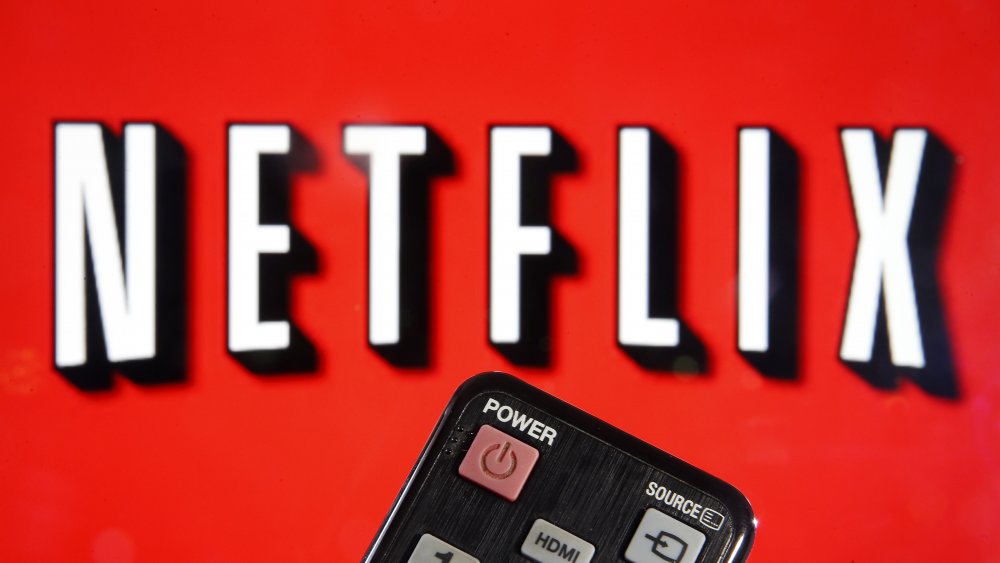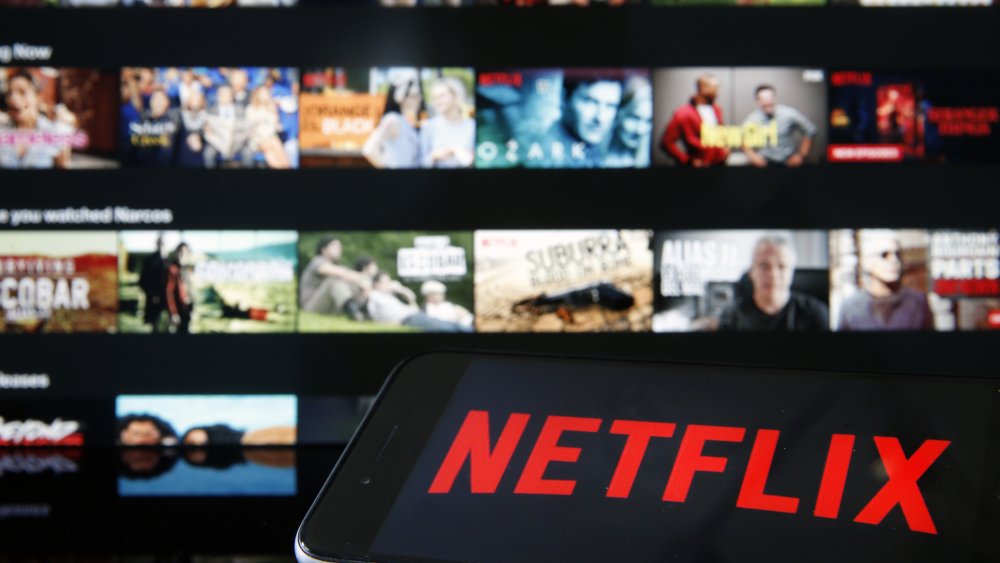Here's Why Netflix's Viewership Numbers Don't Mean As Much As You Think
In February of 2020, Netflix at long last pulled back the curtain, allowing its viewers the opportunity not just to watch things, but to watch a screen showing what other people are binge-watching. The old gods were dead, and the age of the Netflix Top Ten had begun. It was a long time coming. Until then, the streaming service had been famously guarded about its numbers, so a peek into the entertainment hive mind was a welcome, if surprising change — a chance to see how the pop culture sausage is made, and what's being ground up and stuffed inside of it.
And by all accounts, Netflix had every reason to flaunt their most-eyeballed properties. According to their own their own reports to shareholders, the company was drawing remarkable numbers: Birdbox was, per Netflix, viewed 80 million times in its first four weeks of release.
So, here's the catch. In that report, an individual "viewing" meant that a person had watched at least 70% of the movie. Since then, the goal post has been moved back, then further back, then, metaphorically speaking, out into the parking lot.
Are you still watching?
Let's say that in today's modern world of MTV quick cuts and Qbert video games, 70% is too high a bar to clear. How much of a movie or TV show would you say a person would have to watch in order for it to count as a "view?" Half of it? A third?
No, according to the Hollywood Reporter, Netflix defines a view as watching "at least two minutes" of a film or program. Two whole minutes. Just less than one percent of The Fellowship of the Ring. Suddenly it all makes sense, how so many people "viewed" Uncut Gems without suffering a nervous breakdown.
To be fair, trying to quantify your audience can't be easy for a streaming service. Where do you draw the line on whether or not somebody watched something? Does it only count if they see the whole thing, nose to toes? What if they skip the opening recap? Should they be quizzed at the end of an episode to make sure they were paying attention? Netflix claims that the two minute mark signifies an intentional choice to watch something, but at the same time, it puts audience excitement in a new light. Nobody lined up around the block to see the first two minutes of Avengers: Endgame, you know?

